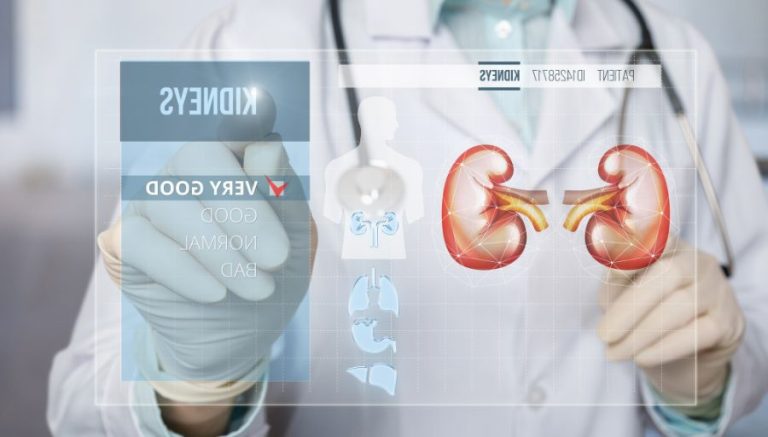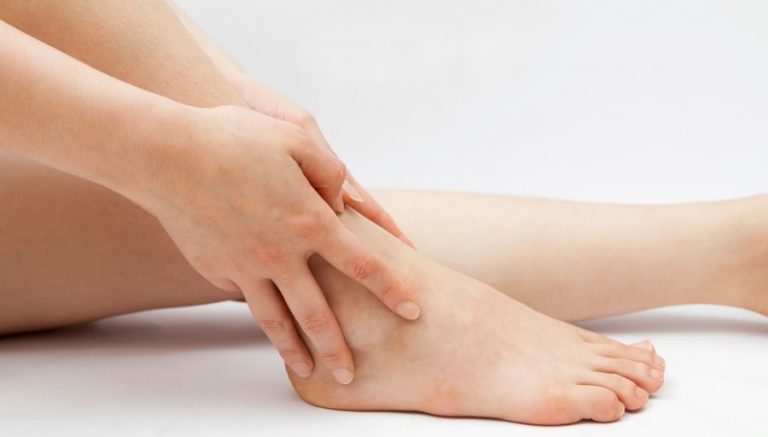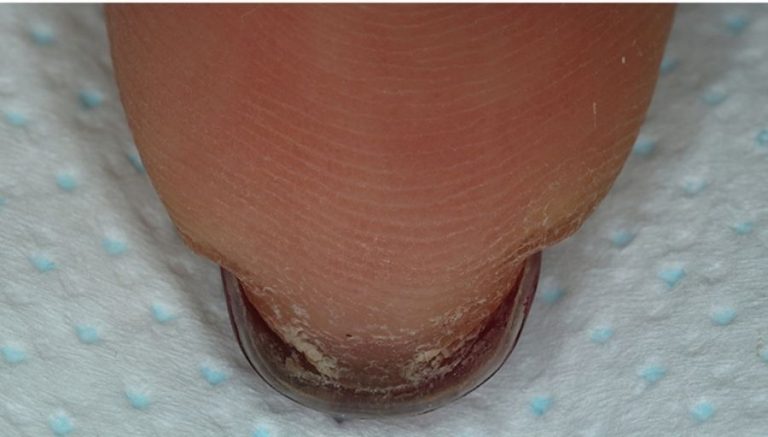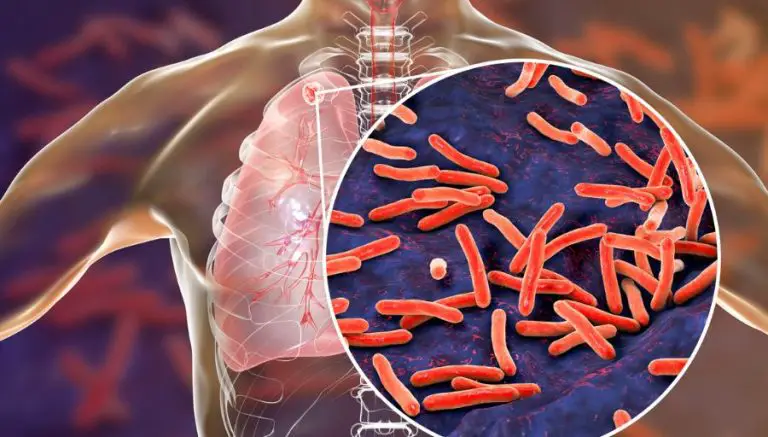Dead Arm Syndrome – Causes, Symptoms, Diagnosis & Treatment
Dead Arm Syndrome is characterized by sudden, sharp, paralyzing pain when the shoulder moves from a position of maximum external rotation or elevation and is exposed to a direct impact. The patient can no longer perform throwing movements at a controlled speed, and they reach injury pain and numbness. The syndrome is associated with anterior instability and damage to the anterior labrum, leading to humerus subluxations. These can cause temporary stretches of the brachial plexus, especially in hard throws.
Causes Of A Dead Arm Syndrome
Dead Arm Syndrome can have different causes. The instability of the posterior capsular contracture of the shoulder is the main reason for the development of this disorder.
Dead Arm Syndrome can be connected to other conditions, such as:
- calcification of the ball joint
- bone spurs
- shoulder ligaments
- biceps tendinitis
- microinstability
- internal impacts
- stroke injuries

Symptoms
Common symptoms include:
- stiffness
- numbness
- tingling and fatigue in the affected arm
- decreased throwing speed
- inability to throw forcefully
- decreased control over shoulder movement
There are two categories of Dead Arm Syndrome: conscious and unconscious subluxation.
Dead arm syndrome is pain or weakness in the upper arm when throwing. In addition to pain and weakness, it can cause the arm to feel limp or numb. It can also happen when the arm gets faster when throwing the ball.
The loss of the posterior rollback aggravates these symptoms. This leads to an anterior translation, which leads to a more significant inner influence. This condition can occur during throwing, repetitive and powerful serve, tennis work, or when the arm is tense on the shoulder. Psychological factors can also cause this condition.
People who are most at risk include:
- baseball players
- water polo players
- tennis players
- volleyball players
- young athletes
- support workers
Your doctor will talk to you about your symptoms and when they started. If you can remember the specific injury or activity that caused your shoulder pain, this may help your doctor diagnose your shoulder problem.
Still, many patients cannot remember specific events. Work, activities, and sports that have aggravated your shoulder are as important to mention as the location of your pain and all the treatments you have had.

Treatment
Treatment of Dead Arm Syndrome involves improving the stability and strength of the shoulders. The best approach depends on the severity of the injury and the frequency of overhead movements.
Reducing the activity is essential in case of mild to severe symptoms. This will prevent your symptoms from getting worse. If your symptoms do not improve, you need to see a physiotherapist. Physiotherapists can also show you shoulder-strengthening exercises.
You can take anti-inflammatory drugs such as ibuprofen to ease the pain. Applying ice to the shoulder can also help to relieve pain.
You may need surgery if the above treatments do not work or you have severe symptoms. A surgeon repairs damaged tendons and ligaments in the shoulder. After the operation, you will need to wear a sling.
You can start physical therapy 4 to 6 weeks after the operation. It is essential to seek your doctor’s approval before returning to your usual activities. Physical therapy will help you to regain strength over time.
Gentle stretching can improve your range of motion and prevent stiffness in the shoulder. As healing progresses, exercises that strengthen the shoulder muscles and rotator cuff can be included in your program.
A quick return to activities before being advised by your doctor can re-injure the shoulder and prolong the healing process. The overall healing time depends on your symptoms. It can only take a few days to heal with mild symptoms fully. However, if you have a severe injury and need surgery, it can take 2 to 4 months or even a year.
Most patients have no complications from shoulder arthroscopy. But, as with any surgery, there are risks. Possible problems with arthroscopes include infection, excessive bleeding or clots, shoulder stiffness and damage to blood vessels or nerves.
These risks are low and usually treatable. Your surgeon will discuss these issues with you before and after the operation.

Structure & Anatomy
Your shoulder is a complex joint capable of more movement than any other joint in your body. It is made up of the humerus, the scapula and the collarbone. Your arm is held by your rotator cuff in your shoulder cavity.
Muscles and tendons form a shell for the head of the humerus and attach it to the shoulder blade. A lubricating bag called a bursa is located between the rotator cuff and the bone at the tip of the shoulder blade.
This bag allows the tendon to glide smoothly while you move your arm. The shoulder region comprises the glenohumeral joint, the shoulder joint, the sternoclavial joint, and the shoulder joint articulation.
The glenohumeral joint capsule consists of a fibrous capsule, ligaments and glenoid labrum. Due to its lack of bony stability, the shoulder can easily dislocate. Glenohumeral stability is based on a combination of ligament and capsule constraints surrounding the glenoid labrum muscles.
Static joint stability is ensured by the joint surface of the capsulolabral complex and dynamic stability by the rotator cuff muscles of the scapular rotator, trapezius, anterior serratus, rhomboid, and scapulae levator.
The scapulating stability includes the trapezoid, anterior serratus, and diamond muscles. The levators (shoulder blades) and the upper trapezoidal muscles support posture, while the serrations help to rotate the shoulder blade, and the rhombs help pull back the shoulder blade.
The head of the humerus fits into a rounded socket on the shoulder blade. This pedestal is called a glenoid. Slippery tissue, called articular cartilage, covers the surface of the ball of the Glenoid cup. The cartilage creates a smooth surface that allows the bones to slide over each other.
The glenoid is surrounded by fibrous solid cartilage called labrum. The labrum forms a seal around the base, which gives stability and cushioning to the joint. The joint is surrounded by a band of tissue called a ligament.
The ligaments form a capsule that holds the joint together. The underside of the capsule is lined with a thin membrane, the synovium.
It also produces synovial fluid that lubricates the shoulder joint. Four tendons surround the shoulder capsule and help keep the arm bones centered in the shoulder cavity.
The thick tendon material is called the rotator cuff. It covers the humerus and attaches it to the scapula. Supraspinatus, Infraspinatus, teres minor and subscapularis.







